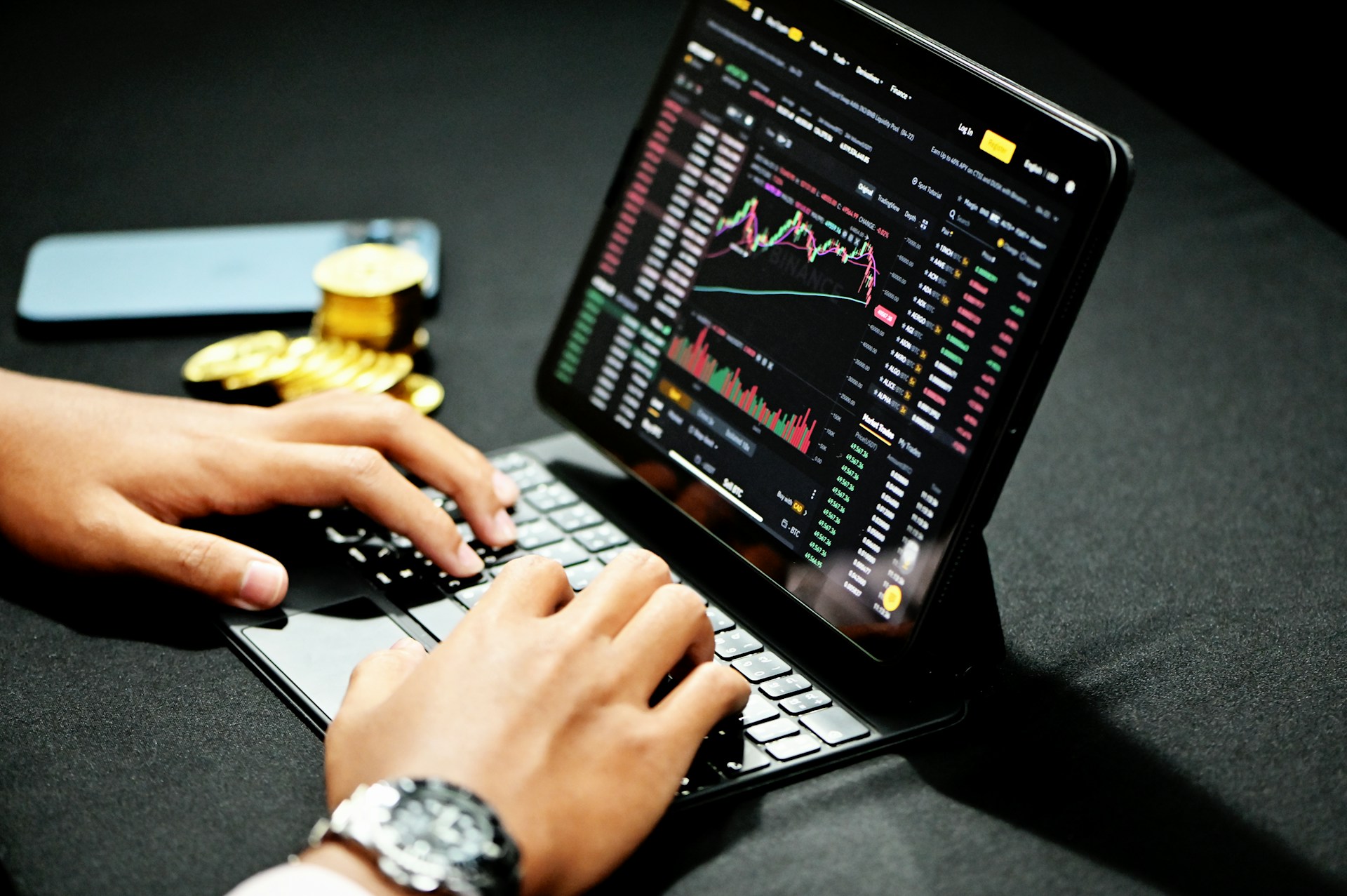Leverage is a double-edged sword in the realm of forex trading. It allows traders to control a larger position than their available capital, potentially amplifying both profits and losses. While the potential for magnified gains can be enticing, it’s imperative to understand the inherent risks associated with leverage. This article delves into the concept of leverage in forex trading, exploring how it works, the different types of leverage available, and the crucial role of responsible risk management strategies when utilizing leverage to ensure trading remains sustainable in the long term.
Understanding Leverage
In the realm of forex trading, leverage plays a pivotal role in amplifying potential gains and losses. Essentially, leverage allows traders to control a larger position in the market with a relatively small amount of capital.
Imagine you have $1,000 to invest in the forex market. With leverage, you could potentially control a position worth $10,000 or even $100,000, depending on the leverage ratio offered by your broker. This ability to magnify trading power is what makes leverage both enticing and potentially risky.
Leverage is often expressed as a ratio, such as 50:1 or 100:1, indicating the amount of capital a trader can control relative to their initial investment. For instance, a leverage ratio of 100:1 means that for every $1 of your own capital, you can control a position worth $100 in the market.
While leverage offers the opportunity for significant profits, it also exposes traders to greater risks. It’s crucial for traders to have a solid understanding of how leverage works and to use it judiciously to avoid excessive losses.
Benefits of Leverage in Forex Trading
Leverage in forex trading comes with several advantages that attract investors seeking to maximize their potential returns. Here are key benefits:
Amplified Profits
- Magnified Gains: One of the primary advantages of leverage is the ability to amplify profits. With a relatively small initial investment, traders can control larger positions, allowing them to capitalize on even small market movements.
- Increased Trading Opportunities: Leverage opens up a plethora of trading opportunities that might be inaccessible with limited capital. Traders can enter and exit positions more frequently, potentially enhancing overall profitability.
Access to Larger Positions
- Enhanced Market Exposure: Leverage enables traders to access larger positions than their initial investment would typically allow. This increased market exposure can lead to more substantial profits when trades move in the desired direction.
- Portfolio Diversification: By using leverage, traders can diversify their portfolios more effectively. They can engage in multiple trades across different currency pairs without needing a significant amount of capital for each trade.
Diversification Opportunities
- Risk Distribution: Leverage allows traders to distribute risk across various trades, reducing the impact of a single unsuccessful trade on their overall portfolio. Diversification is a risk management strategy that leverage facilitates effectively.
- Exploration of Different Strategies: With the ability to control larger positions, traders can experiment with different trading strategies, enhancing their understanding of the market and refining their approach over time.
These benefits underscore the attractiveness of leverage for many forex traders. However, it’s crucial to approach leverage with caution and implement robust risk management strategies to mitigate potential downsides.
Risks Associated with Leverage
To provide a comprehensive understanding of the risks associated with leverage in forex trading, let’s examine them in detail. Below is a table outlining the primary risks, followed by an elaboration on each:
| Risk | Description | Impact |
| Increased Losses | Leveraged positions can amplify losses | Rapid depletion of trading capital |
| Margin Calls | Occur when account equity falls below the margin requirement | Forced liquidation of positions |
| Market Volatility | High leverage magnifies the impact of market fluctuations | Exacerbated losses during volatile periods |
- Increased Losses: Leverage has the potential to significantly increase losses. While it amplifies profits, it also magnifies losses, leading to rapid depletion of trading capital if trades move against the trader’s expectations.
- Margin Calls: Margin calls occur when the account equity falls below the required margin level to maintain leveraged positions. In such cases, brokers may issue margin calls, requiring traders to deposit additional funds or face forced liquidation of their positions.
- Market Volatility: High leverage exposes traders to the heightened impact of market volatility. During periods of extreme market fluctuations, leveraged positions can experience amplified losses, potentially wiping out entire trading accounts.
These risks highlight the importance of exercising caution when utilizing leverage in forex trading. Traders must fully understand the risks involved and implement effective risk management strategies to safeguard their capital.
Managing Leverage Effectively
Effectively managing leverage is crucial for mitigating risks and maximizing the benefits of forex trading. Here are key strategies for managing leverage:
- Setting Risk Management Strategies: Implementing robust risk management strategies is essential for controlling the impact of leverage on trading accounts. This includes setting stop-loss orders to limit potential losses and adhering to predetermined risk-reward ratios for each trade.
- Choosing the Right Leverage Level: Selecting an appropriate leverage level is vital for aligning trading objectives with risk tolerance. Traders should avoid excessive leverage that could lead to unsustainable risks, opting for a conservative leverage ratio that allows for comfortable risk exposure.
- Monitoring Market Conditions: Regularly monitoring market conditions is imperative for adjusting leverage levels accordingly. Traders should stay informed about economic indicators, geopolitical events, and market sentiment to make informed decisions about leverage utilization.
- Continuous Education and Learning: Forex markets are dynamic and constantly evolving, making continuous education essential for successful leverage management. Traders should invest in learning resources, attend webinars, and stay updated with market trends to enhance their understanding of leverage dynamics.
By implementing these strategies, traders can effectively manage leverage in forex trading, minimizing risks and maximizing potential returns. It’s crucial to approach leverage with discipline and prudence to achieve long-term trading success.
Examples of Leverage in Forex Trading
Leverage allows traders to control larger positions in the forex market than their initial investment would typically permit. For instance, with a leverage ratio of 100:1, a trader can control a position worth $100,000 with only $1,000 of their own capital. This amplifies the potential gains or losses of the trade.
Margin Requirements
When trading with leverage, brokers require traders to maintain a certain level of margin in their trading accounts to support their leveraged positions. For example, if the margin requirement for a 100:1 leverage ratio is 1%, then a trader controlling a $100,000 position would need to have $1,000 of margin in their account. Failure to maintain the required margin can result in margin calls and forced liquidation of positions.
Common Misconceptions about Leverage
Misconceptions about leverage in forex trading abound, leading to confusion among traders. Let’s debunk some of the most prevalent myths:
- Leverage Guarantees Profits: One common misconception is that leverage ensures guaranteed profits. In reality, while leverage can amplify gains, it also magnifies losses, making it a double-edged sword. Traders must exercise caution and implement proper risk management strategies.
- Leverage Equals Risk: While leverage does introduce additional risk, it doesn’t necessarily equate to recklessness. Responsible use of leverage, combined with effective risk management techniques, can help traders navigate the forex market successfully.
- High Leverage Always Leads to Higher Profits: Another misconception is that higher leverage always results in greater profits. While it’s true that higher leverage amplifies potential gains, it also increases the risk of significant losses. Traders should strike a balance between leverage and risk tolerance.
- Leverage is Always Bad: Contrary to popular belief, leverage itself is not inherently bad. It can be a valuable tool for maximizing trading opportunities and capital efficiency. However, misuse or overreliance on leverage can lead to disastrous consequences.
- Leverage is Only for Experienced Traders: Some traders believe that leverage is suitable only for experienced professionals. In reality, traders of all skill levels can utilize leverage, provided they understand its mechanics and exercise caution.
By dispelling these misconceptions and gaining a clear understanding of leverage’s role in forex trading, traders can make informed decisions and navigate the markets more effectively.

